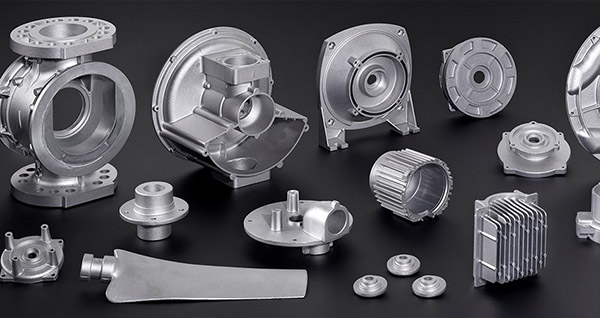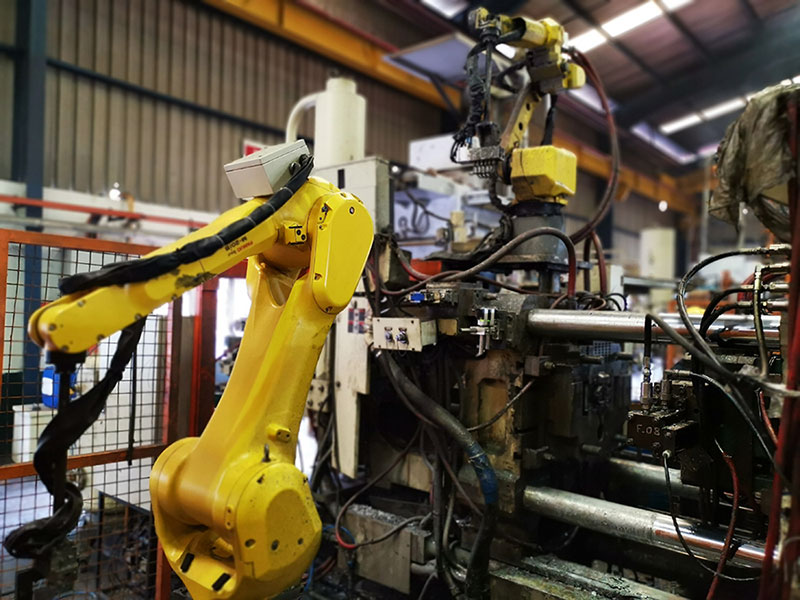The Intricacies and Significance of Diecasting in Trendy Manufacturing
The Intricacies and Significance of Diecasting in Trendy Manufacturing
Blog Article
Diecasting is a highly sophisticated manufacturing method that plays a critical role in producing sophisticated metal products with the highest precision and reliability. This technique involves injecting liquid metal into a cavity under high pressure, which allows for the production of exquisite shapes and intricate patterns that would be difficult for other processes. Diecasting is widely used across different industries, such as automotive, aerospace, electronics and other consumer goods because of its high efficiency as well as its ability to make top-quality components. This article will explore the intricacies involved with diecasting by detailing its process, benefits of the process, as well as its uses.
Diecasting begins by making the mold, sometimes referred to as a"die," and generally is constructed from reinforced steel. The mold is constructed to withstand high pressures and temperatures involved when diecasting. When the die is in place for use, the metal that is molten, typically an alloy of aluminum, magnesium, zinc or copper, is heated until it reaches it's liquid stage and introduced into the mold under pressure that is high. The pressure will remain constant until the metal solidifies, making sure that the molten material completely fills the mold, with intricate detail and the thin walls. When the metal has cool and hardened, the mold can be opened, and the finished piece is released. This procedure allows high precision and consistency in the production of metal components.
One of the most significant benefits of diecasting is its ability to make parts with superior dimensional accuracy and smooth surface finish. The high-pressure injection ensures that the molten material is perfectly shaped to molds, resulting in components that need minimal in terms of machining or finish. This accuracy is particularly useful to create complex geometries and thin-walled parts that are challenging or impossible to achieve through other manufacturing techniques. Furthermore, the process can create pieces with tight tolerances as well as exceptional repeatability. This makes it perfect for large-scale production. The effectiveness of this process is also a source of cost savings because the higher production rates reduce labor costs and material waste.
Diecasting also offers significant benefits with regard to mechanical properties. The components that are made by diecasting usually exhibit excellent strength and durability due to the fine grain structure that is formed by the quick cooling of molten metal. This makes diecast parts perfect for use in applications that require high performance and reliability. In addition, the process allows the use of slim walls as well as complex designs without compromising structural integrity. This feature is especially useful for aerospace and automotive industries where weight reduction but maintaining strength is essential. A capability to manufacture light, but strong parts enhances fuel efficiency as well as performance of aircrafts as well as vehicles. To obtain supplementary details please go to this website
The material used for diecasting is a major factor in the quality and performance of the final product. Aluminium is an extremely popular material because of its superior strength-to-weight ratio, its resistance to corrosion and its thermal and electrical conductivity. These qualities make aluminum an ideal choice in aerospace and automotive industries in which weight reduction is essential. Zinc alloys are strong and ductility. This makes them suitable for parts requiring fine detail and long-lasting. Magnesium alloys weigh the least structural metals, providing advantages in areas where weight savings are paramount. Copper alloys are utilized less often they are highly valued due to their high electrical conductivity and corrosion resistance. Each material offers unique benefits making it possible for manufacturers to pick which one is best suited to their specific application needs.
Diecasting is a very effective and adaptable manufacturing process which is essential to the production of intricate metal components with high precision and consistency. Its ability to create parts that have intricate detail, tight tolerances, and smooth surface finishes makes it an indispensable tool for all fields, from automotive to aerospace, to consumer electronics, and beyond. Different material types further increases the flexibility of diecasting, allowing manufacturers to select the ideal alloy that meets their particular needs. Technology advances, and the demand for high-quality, economical components is growing Diecasting is a critical process for manufacturing driving innovation and excellence when it comes to production.